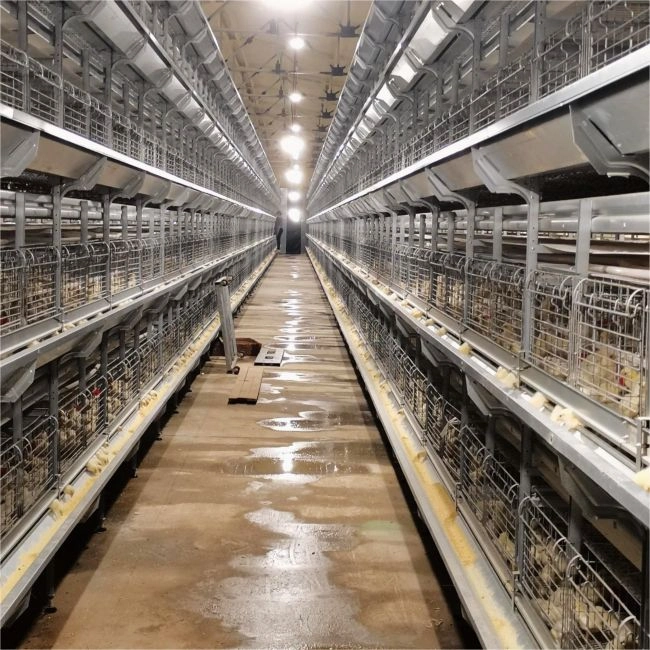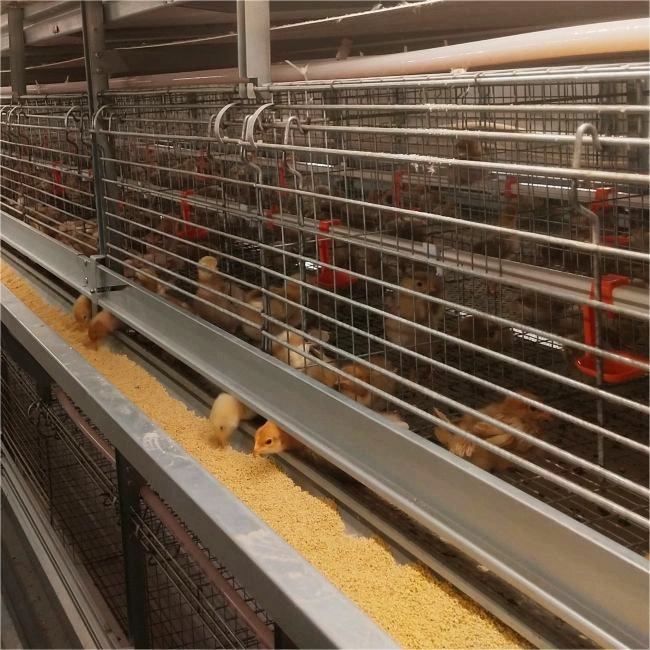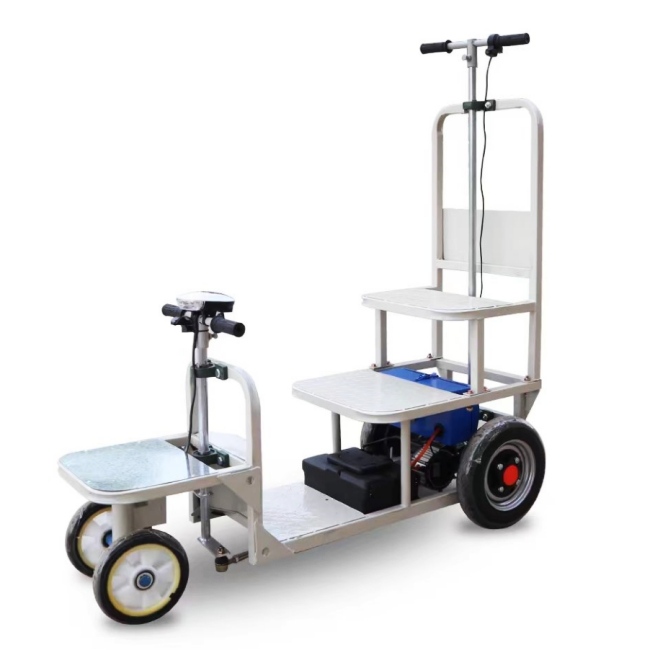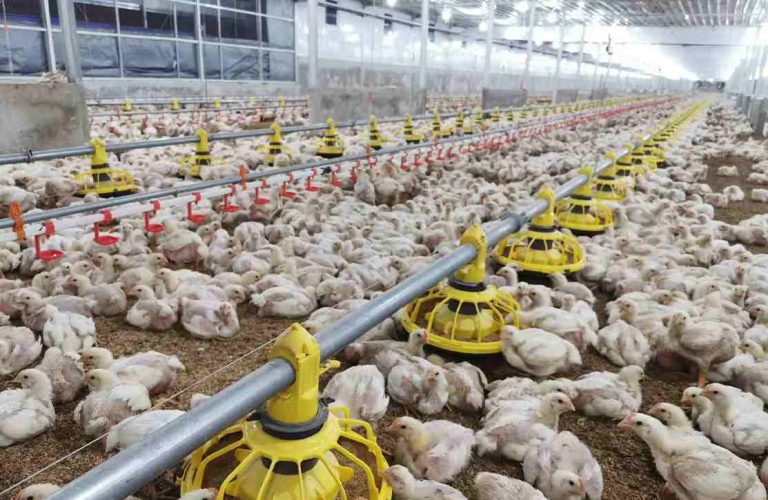Introduction: Why Walk-In Chicken Cage Durability Matters
The Value of Long-Term Investment in Poultry Farming
Poultry farming takes a lot of effort and money. Making sure your gear lasts is key to keeping profits steady. Walk-in chicken cages play a big role here. They give your birds a safe, controlled space. A tough cage cuts down on constant fixes or swaps. This saves you from interruptions and extra costs. Farmers need to focus on durability to protect their money and keep things running smoothly over the years.
Questions Farmers Should Ask Before Buying
Before you grab a walk-in chicken cage, think about a few big things. What’s it made from? Can it take the daily grind? Will it hold up in all kinds of weather? Knowing these details helps you pick a cage that fits poultry farming needs and lasts for the long haul.
Key Factors Affecting Walk-In Chicken Cage Durability
What’s Your Cage Built With?
The stuff used to make a walk-in chicken cage really affects how long it lasts. Top-notch galvanized steel is a favorite. It fights off rust and wear well. This keeps the cage solid even in damp or rough conditions. Cheaper materials, though, might break down fast. That leads to weak spots. Farmers should also check if the cage has protective layers or treatments to make it last longer.
Can It Take the Everyday Grind?
Feeding, cleaning, and chickens moving around wear cages out daily. The design needs strong joints and tight fittings to stay firm over time. The floor’s got to hold the birds’ weight too. It can’t sag or snap under pressure. Things like scratch-proof surfaces also help. They cut down damage from pecking or clawing.
Will It Stand Up to Weather and Wetness?
How a cage handles weather decides its lifespan too. Outdoor cages face rain, snow, wind, and sun. Wetness can rust metal parts fast if they’re not coated right. Wood bits might twist or rot without weatherproofing. Getting a weather-tough design keeps the cage working no matter the climate.
Testing Walk-In Chicken Cages for Longevity
How Much Weight Can It Carry?
A good walk-in chicken cage needs to handle weight well. Test it for resting birds and moving ones too. Overloading a flimsy frame can make it collapse or bend. That’s risky for the chickens and anyone handling them.
Mimicking Tough Farm Life
Testing cages in real farm-like settings shows how tough they are. Try high humidity or quick temp shifts. This checks how they hold up against nature’s challenges. It proves the cage can hack it on a farm day after day.
Pecking, Scratching, and Mess Exposure
Chickens peck and scratch—it’s what they do. Over time, this wears materials down. Waste adds corrosive stuff that can eat away at unprotected spots. Makers should plan for this. Think anti-rust coatings or stronger panels during design and testing.
By looking at all this, farmers can grab walk-in chicken cages that work well and last.
Maintenance Tips to Extend Walk-In Chicken Cage Lifespan
Keeping Buildup and Damage Away
Taking care of a walk-in chicken cage takes regular work. You’ve got to stop buildup and damage from creeping in. Clean it often to clear out waste, feathers, and junk. This keeps things sanitary for the birds. It also stops harsh stuff from eating at the cage. Galvanized steel fights rust great, but it still needs a wipe-down now and then to keep its shield strong. Use gentle tools and mild soap to avoid scratching things up.
Check the cage for wear signs too—like loose joints or weak spots. Tighten screws and shore up connections. This stops little problems from turning big. Adding weatherproof layers or treatments helps too. It guards against moisture and sun damage, which can break things down.
Catching Wear Early On
Spotting wear early keeps a walk-in chicken cage going longer. Look for rust dots on metal or cracks in plastic or wood parts. Galvanized steel holds up well, but harsh weather can still nick it if you skip upkeep.
Also, watch for wobbling or shaky bits. That might mean joints or fittings are giving out. Keeping an eye on this lets you fix stuff fast. It cuts the odds of bigger damage that’d cost more to sort out.
Fix It or Swap It: When to Act
Choosing between fixing or replacing a walk-in chicken cage depends on a few things. How bad’s the damage? What’s cheaper in the long run? Small stuff like loose screws or tiny rust spots? Easy fixes can keep it going without breaking the bank.
But if the frame’s bent or rust’s everywhere, replacing might make more sense. A solid new cage—say, one with galvanized steel—sets you up for years. Weigh the costs and perks. Think about both now and later savings from less upkeep.
Introducing Zeus’s Stacked Chicken Coop for Long-Term Use
What Makes Zeus’s Stacked Design Special
Stacked chicken coop from Zeus shakes things up for poultry farming. It’s built tough and smart. The stacked setup saves space but still gives chickens room to roam in each level. Perfect for farmers wanting something small yet practical.
It’s made with high-grade galvanized steel. That means top resistance to rust and wear. It stays strong even in rough weather. Strong joints and solid fittings keep it steady, cutting wear over time.
Plus, it’s got slick ventilation. Air moves well, and temps stay right in each section. This keeps birds healthy and cuts moisture that could hurt the materials.
The layer cage got easy-clean surfaces too—with scratch-proof coatings. Maintenance is a breeze. Farmers save time while keeping things clean for their flock. These smart touches make Zeus’s stacked chicken coop a solid pick for long-term use.
FAQ
Q: What Makes a Walk-In Chicken Cage Durable?
A: A walk-in chicken cage’s durability depends on its materials (like galvanized steel), weather resistance, strong joints, and ability to handle daily wear from chickens. Protective coatings and sturdy construction also play a big role.
Q: How Long Should a Walk-In Chicken Cage Last?
A: With proper maintenance, a high-quality walk-in chicken cage made of durable materials like galvanized steel can last 5-10 years or more. Lifespan varies based on weather exposure and care.





